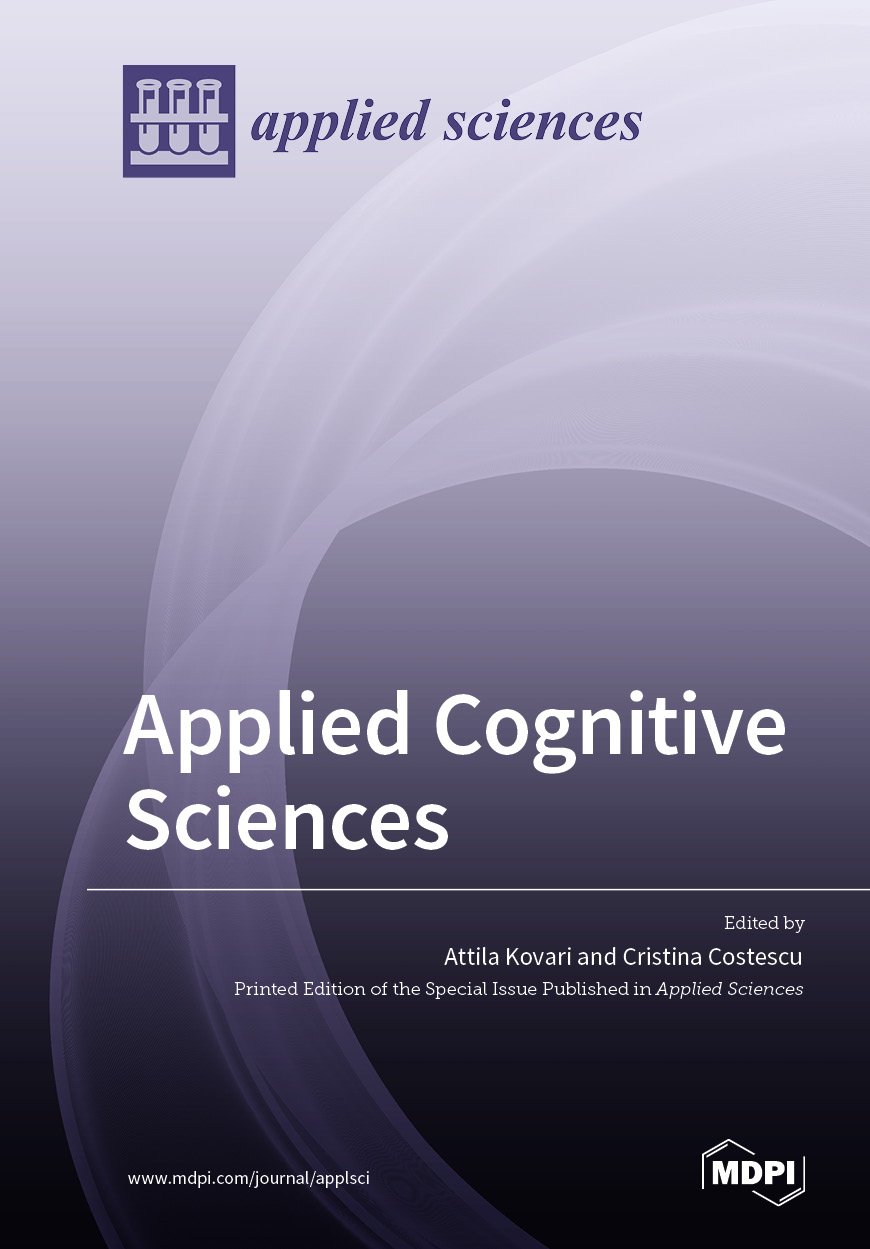基于分形深度学习特征的皮肤病变彩色图像分类
IF 2.5
4区 综合性期刊
Q2 CHEMISTRY, MULTIDISCIPLINARY
引用次数: 20
摘要
由于癌症的数量不断增加,皮肤疾病的检测正成为世界范围内的优先任务之一。计算机辅助诊断是帮助皮肤科医生检测这类疾病的有用工具。这项工作提出了一种基于纹理特征的1D分形特征的计算机辅助诊断,该特征与基于Densenet-201的迁移学习的深度学习特征相结合。该方案针对每个彩色图像构建三个1D分形签名。将分形特征的能量、方差和熵与从Densenet-201中提取的100个特征相结合来构建特征向量。由于皮肤病变图像数据集中的类通常是不平衡的,我们使用了分类器集成技术:K近邻和两种类型的支持向量机。计算机辅助诊断输出是基于线性多投票确定的。在这项工作中,我们在国际皮肤成像协作组织(ISIC)档案-2019中的八个类别的分类中获得了97.35%的平均准确度、91.61%的平均精密度、66.45%的平均灵敏度和97.85%的平均特异性。本文章由计算机程序翻译,如有差异,请以英文原文为准。
Classification of Dermoscopy Skin Lesion Color-Images Using Fractal-Deep Learning Features
The detection of skin diseases is becoming one of the priority tasks worldwide due to the increasing amount of skin cancer. Computer-aided diagnosis is a helpful tool to help dermatologists in the detection of these kinds of illnesses. This work proposes a computer-aided diagnosis based on 1D fractal signatures of texture-based features combining with deep-learning features using transferred learning based in Densenet-201. This proposal works with three 1D fractal signatures built per color-image. The energy, variance, and entropy of the fractal signatures are used combined with 100 features extracted from Densenet-201 to construct the features vector. Because commonly, the classes in the dataset of skin lesion images are imbalanced, we use the technique of ensemble of classifiers: K-nearest neighbors and two types of support vector machines. The computer-aided diagnosis output was determined based on the linear plurality vote. In this work, we obtained an average accuracy of 97.35%, an average precision of 91.61%, an average sensitivity of 66.45%, and an average specificity of 97.85% in the eight classes’ classification in the International Skin Imaging Collaboration (ISIC) archive-2019.
求助全文
通过发布文献求助,成功后即可免费获取论文全文。
去求助
来源期刊

Applied Sciences-Basel
CHEMISTRY, MULTIDISCIPLINARYMATERIALS SCIE-MATERIALS SCIENCE, MULTIDISCIPLINARY
CiteScore
5.30
自引率
11.10%
发文量
10882
期刊介绍:
Applied Sciences (ISSN 2076-3417) provides an advanced forum on all aspects of applied natural sciences. It publishes reviews, research papers and communications. Our aim is to encourage scientists to publish their experimental and theoretical results in as much detail as possible. There is no restriction on the length of the papers. The full experimental details must be provided so that the results can be reproduced. Electronic files and software regarding the full details of the calculation or experimental procedure, if unable to be published in a normal way, can be deposited as supplementary electronic material.
 求助内容:
求助内容: 应助结果提醒方式:
应助结果提醒方式:


